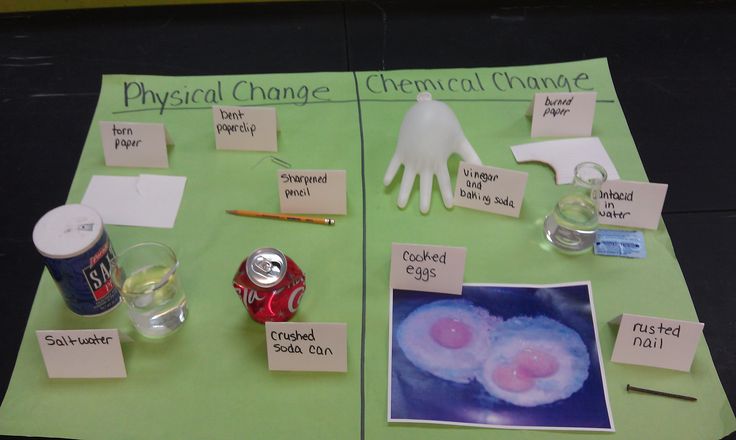1. Sports Clubs: Encourage students to join sports clubs like soccer, basketball, volleyball, or swimming, which can help them remain active and build teamwork skills.
2. Fitness Classes: Offer a variety of fitness classes like aerobics, yoga, and dance to encourage students to try new forms of exercise and stay fit.
3. Outdoor Education: Organize activities such as hiking, rock climbing, or camping that help students engage with the outdoors while promoting physical fitness.
4. Community Service Projects: Participate in community-based projects such as park cleanups or tree planting, fostering both social awareness and physical activity.
5. School Garden: Start a school garden allowing students to learn about agriculture and healthy eating habits while staying active through gardening tasks.
6. Bike-to-School Day: Coordinate a “bike-to-school day” to encourage students to use alternative means of transportation while staying active.
7. Intramural Sports: Host intramural sports leagues that allow students of all skill levels to participate in friendly competition.
8. Field Days: Organize annual field days featuring various outdoor games and relay races that promote physical activity and teamwork.
9. Walking Tours: Arrange local walking tours for students to explore the history and culture of their community while getting exercise.
10. Scavenger Hunts: Create campus-wide scavenger hunts that challenge students physically and mentally by requiring them to decipher clues leading to different locations.
11. Wellness Workshops: Offer workshops on topics such as nutrition, stress management, and sleep hygiene to educate students on healthy lifestyles and habits.
12. Dance-Offs: Hold dance competitions or themed-dance events like 80s night where students can have fun while getting exercise.
13. Peer-to-Peer Mentoring Programs: Pair older or more experienced students with younger ones for tutoring or sports coaching sessions, encouraging both physical activity and foster leadership skills.
14. Juggling Workshop: Introduce students to juggling as a fun and engaging way to improve hand-eye coordination, concentration, and overall physical fitness.
15. Martial Arts Classes: Provide martial arts classes, such as karate or taekwondo, that help improve students’ focus, self-discipline and physical strength.
16. Active Study Breaks: Encourage students to take breaks throughout the day for stretching exercises or brief physical activities to promote better focus during study sessions.
17. Jump Rope Challenge: Organize a jump rope competition or challenge encouraging participation from both students and staff while promoting cardiovascular fitness.
18. Fun Runs or Walks: Plan school-sponsored fun runs or walks, such as a color run or charity walk-a-thon, to help keep students moving while raising awareness for important causes.
19. School Playgrounds: Provide access to playground equipment during lunch and recess for older students to engage in active play.
20. Health Fairs: Organize health fairs featuring educational booths, fitness challenges, and healthy food tastings to promote wellness in a fun and engaging environment.
In conclusion, engaging students in diverse activities that involve motion improves not only their physical wellbeing but also enhances their overall academic performance, creativity, relationships and personal growth. Educators must continue focusing on ways of maintaining students’ interests and fostering an active lifestyle throughout their schooling years.











